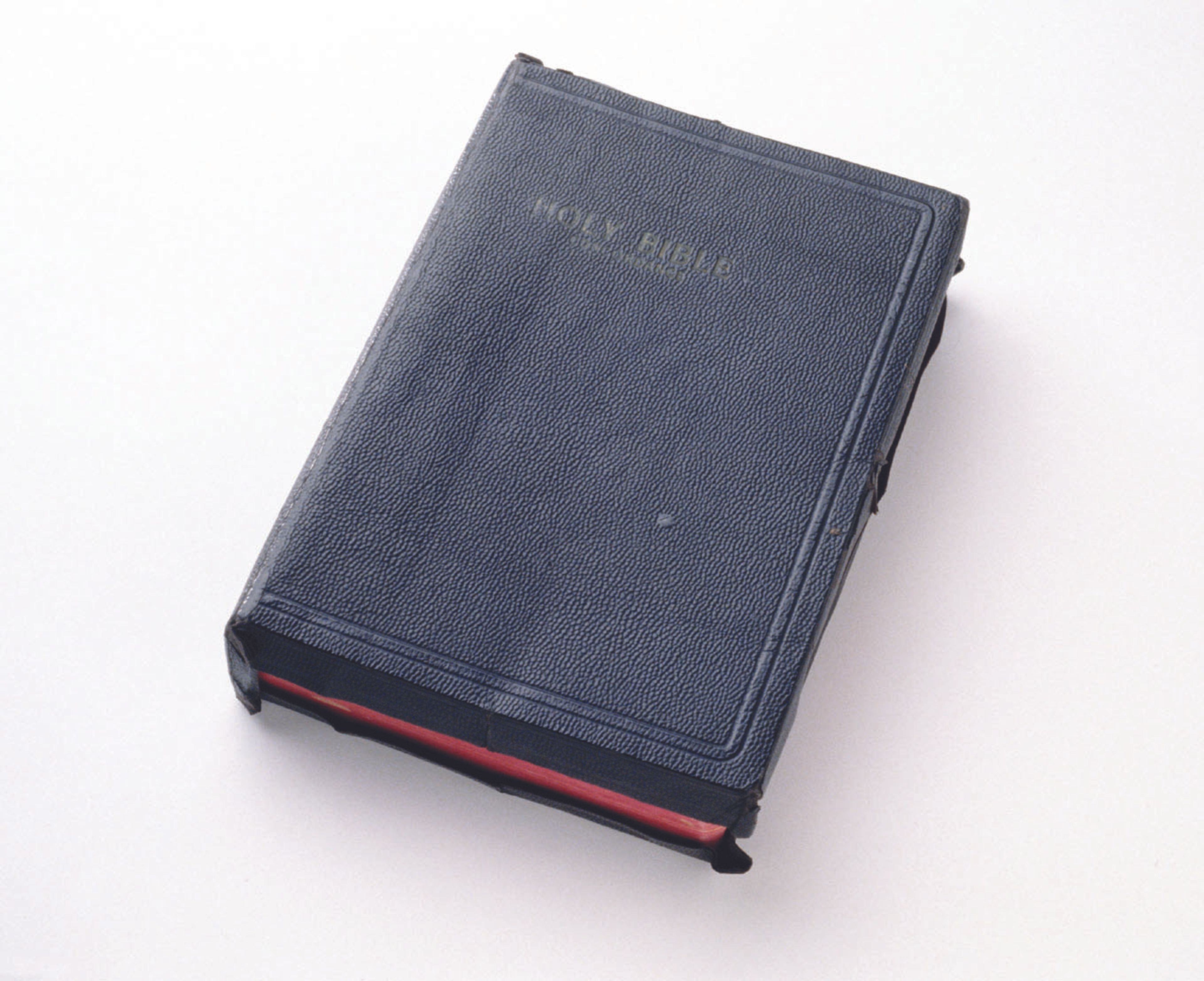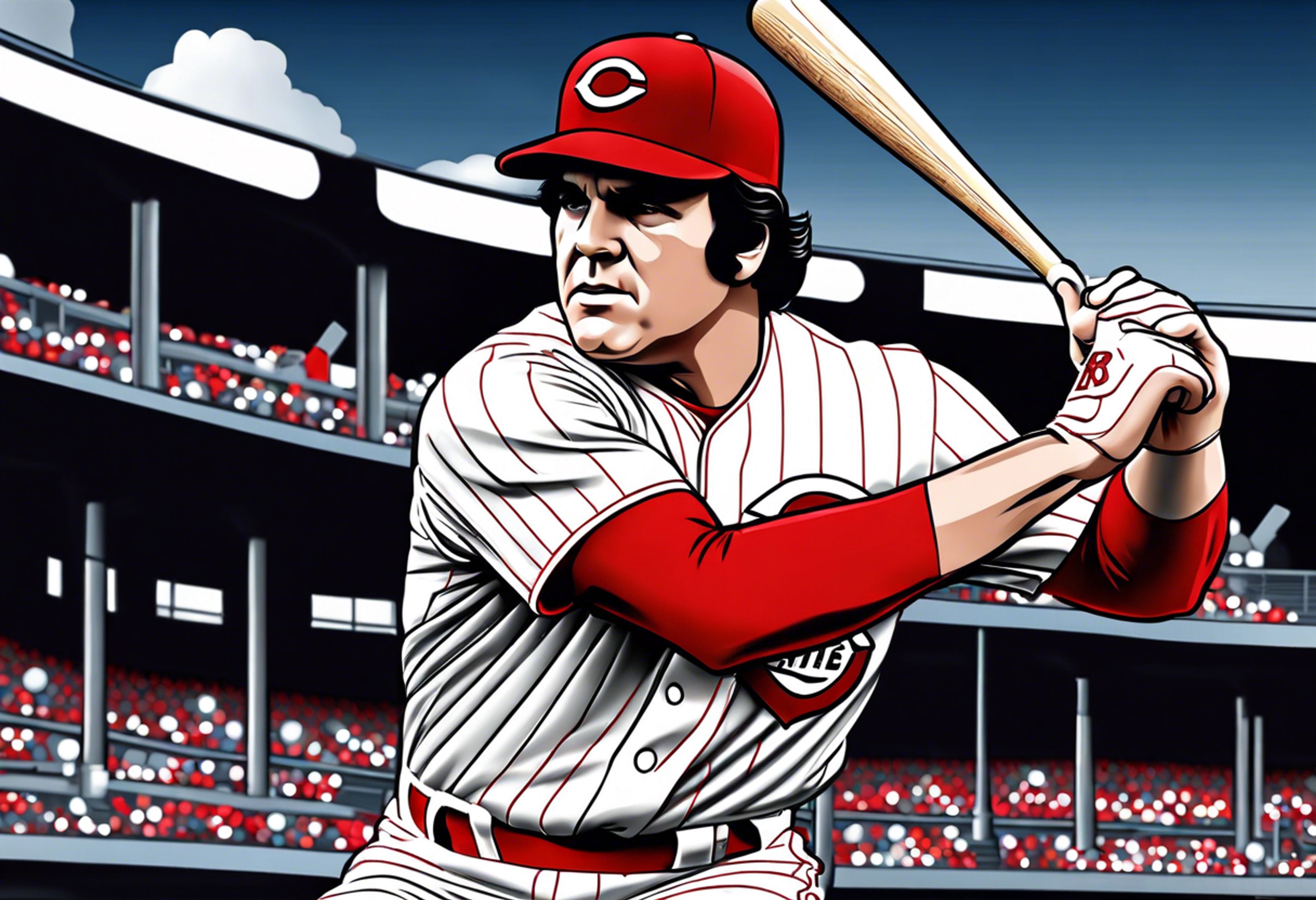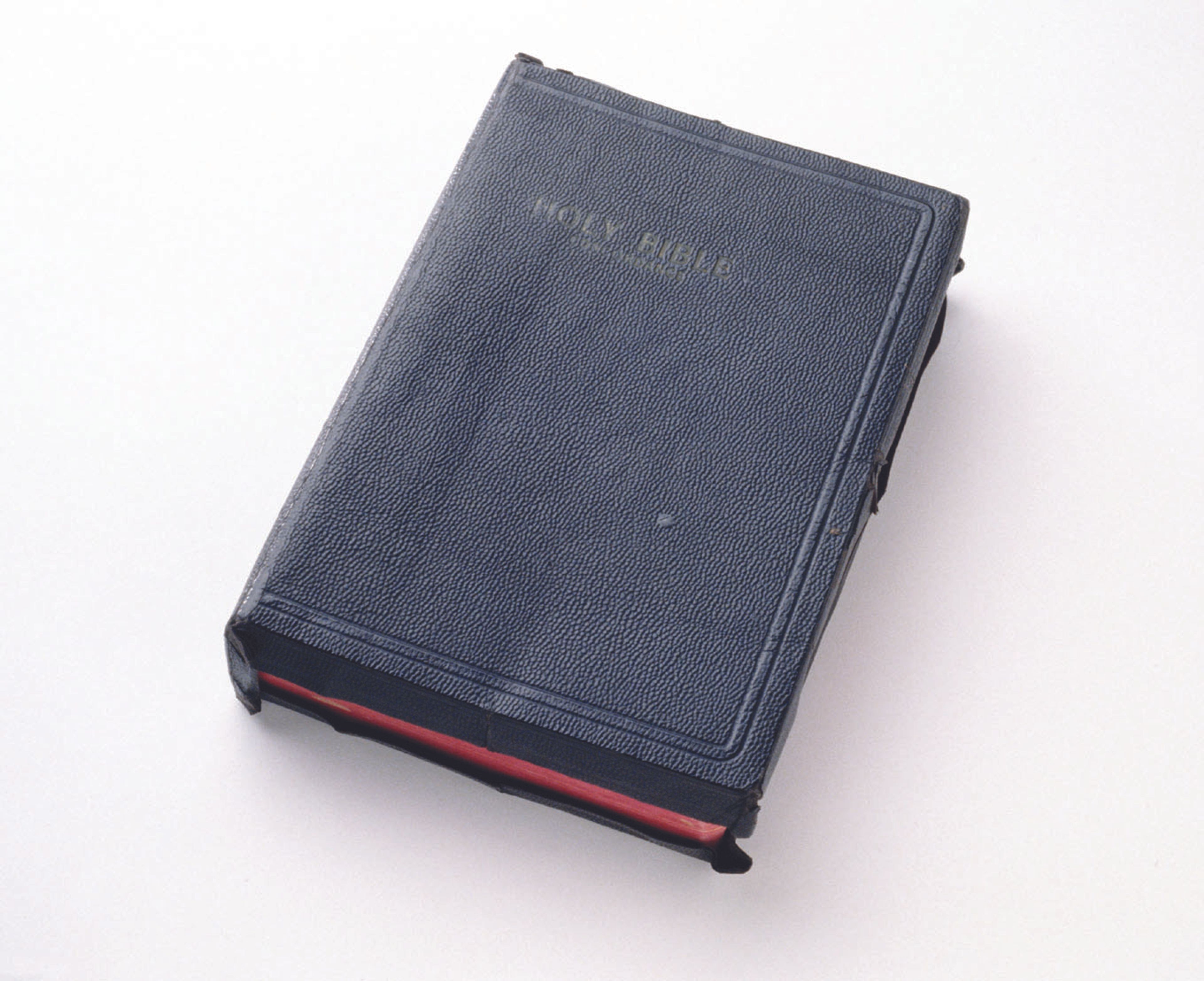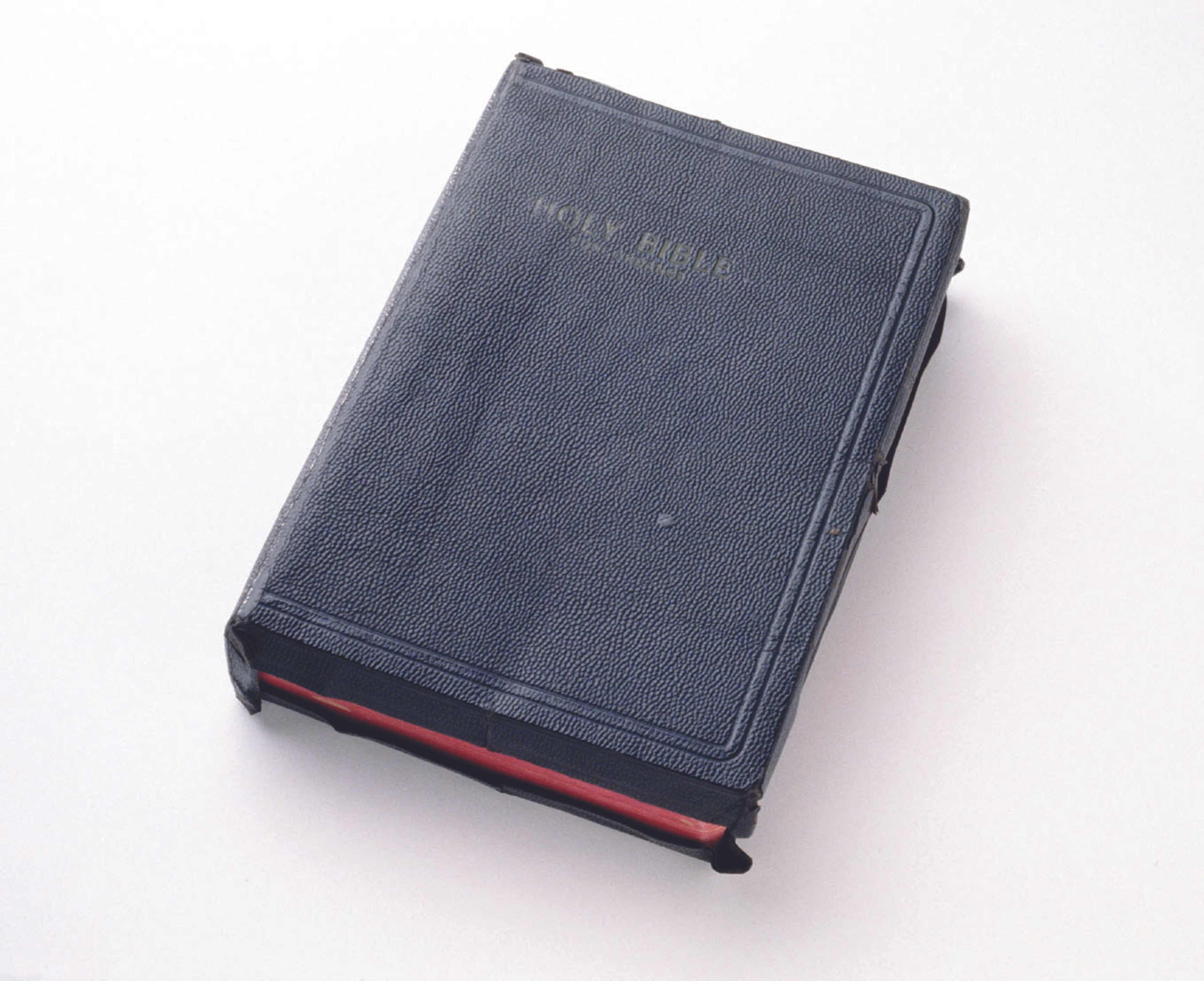As 1993 wound down, Missourians began adding up the awful toll of substance abuse, alcoholism, drug addiction and crime. Once again each of these categories reached new highs in the year just ended, with no expectation that the records would be scaled down by the end of this year. Missourians pay an inordinately high price in all of these categories, and perhaps in the single category of alcohol abuse we pay the highest price of all.
Some 600 Missourians die every year as a result of alcohol-related traffic accidents; more than 9,000 motorists are arrested every year for drunken driving; operating a vehicle under the influence of alcohol is the predominate cause of fatal and serious injuries on our state highways.
As tragic as all of these statistics are, they simply scratch the surface of alcohol abuse in Missouri. The U.S. Public Health Service estimates that alcoholism costs our state more than $2 billion annually, which is nearly one-half of all the state's tax revenue collections for the same period.
As shocking as these figures are, they still don't describe the full extent of this single abuse to citizens in all walks of life. While treating hundreds of abusers, the Division of Alcohol and Drug Abuse, a section of the Department of Mental Health, finds both its treatment and prevention programs underfunded and overcrowded. This agency, the principal caretaker for alcohol abusers, spends about $45 million a year for all of its programs, with more than one-half of its budget coming not from state revenue but from the federal government. -moreContrast this $45 million expenditure with the $2 billion in cost to citizens and some understanding of the exorbitant costs of alcohol abuse can be reached.
The $20-plus million for the state agency that comes from the general revenue fund is paid by drinkers and non-drinkers alike, since taxes collected annually on beer and liquor in our state total less than $9 million annually. The state usually collects about $5.5 million a year on liquor sales, while collecting in the neighborhood of $2.7 million from the sale of beer.
It's very obvious, then, that taxes on the drug of alcohol don't even come close to paying the public's cost of treating the disease and all of its distressing ramifications for both the afflicted and the innocent.
But the public's cost of alcohol abuse hardly stops here. By spending more than $1 billion a year on advertising and promotion, the industry enjoys at least a $300 million-a-year tax break, which is another way of saying that all of us who pay taxes are, in reality, subsidizing companies to glorify a product that kills 100,000 Americans every year. Corporations that use liquor or beer to gain customers or build influence can write off 80 to 100 percent of the cost as business expense. Our tax code, thanks to heavy-duty lobbying by distillers and brewers, makes it more attractive to invest in booze than in capital equipment.
If Missouri was seeing a marked reduction in alcoholism, traffic deaths, medical expenses, lost productivity, wrecked automobiles and enforcement costs, then perhaps we could be satisfied with the current statistics. Unfortunately, there are no marked reductions in these categories, only steady increases. When our children can purchase beer cheaper than Coca-Cola, we are assuring that this monumental societal problem will simply be passed on to the next generation. Alcohol consumption is 20 percent higher today than it was in 1950, and one out of every three high school seniors drinks with some degree of regularity.
Even with a modest federal tax increase in 1991, the tax rate for beer is one-half what it was 25 years ago, when inflation is factored in, while the rate for liquor is a third of what it was a quarter of a century ago. The tax on alcohol in wine is only one-third that on liquor.
Despite the fact that polls show three out of every four Americans supporting higher alcohol taxes, Missouri has repeatedly refused to consider this step, which could reduce drinking by as much as 10 percent if only the inflation factor was corrected. The widely hailed health-care bill enacted in the 1993 session of the General Assembly originally called for the alcohol industry to bear some degree of fiscal responsibility for its products, yet lobbyists prevented even this small tax from being included in the final measure. Virtually the same result occurred when President Clinton capitulated, removing higher beer taxes from his budget-reduction plan.
Until the public demands changes, society will bear ever heavier costs in caring for the victims of alcohol abuse.
Connect with the Southeast Missourian Newsroom:
For corrections to this story or other insights for the editor, click here. To submit a letter to the editor, click here. To learn about the Southeast Missourian’s AI Policy, click here.








